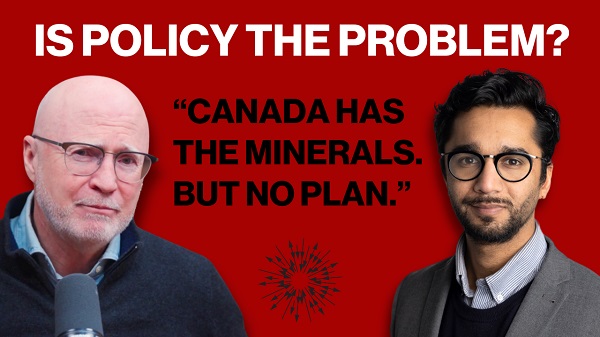From The Center Square
By Dan McCaleb
President Donald Trump on Sunday said every American with the exception of the wealthy will receive $2,000 from the revenue the U.S. has collected from tariffs.
“A dividend of at least $2000 a person (not including high-income people!) will be paid to revenue,” Trump posted on Truth Social. He did not say when or how the tariff revenue would be distributed.
“We are now the richest, most respected country in the world with almost no inflation and a record stock market price. 401Ks are highest ever,” Trump wrote. “We are taking in trillions of dollars and will soon begin paying down our enormous debt, $37 trillion. Record investment in the USA, plants and factories going up all over the place.”
Trump has said he wants to use tariffs to restore manufacturing jobs lost to lower-wage countries in decades past, shift the tax burden away from U.S. families and pay down the national debt. Economists, businesses and some public companies have warned that tariffs will raise prices on a wide range of consumer products.
Trump’s Liberation Day tariffs have been challenged in federal courts as unconstitutional by some business groups and Blue states, who argue that only Congress has the authority to enact tariffs. The U.S. Supreme Court last week heard oral arguments in a consolidated case challenging the tariffs.
Even some of the court’s conservative justices seemed skeptical of Trump’s authority to issue sweeping tariffs. Trump addressed that skepticism in his social media post.
“So let’s get this straight? The president of the United States is allowed (and fully approved by Congress) to stop ALL TRADE with a foreign country (which is far more onerous than a tariff) and LICENSE a foreign country, but it is not allowed to put a simple tariff on a foreign country, even for the purposes of NATIONAL SECURITY,” he wrote. “That is not what our great founders had in mind. The whole thing is ridiculous! Other countries can tariff us, but we can’t tariff them? It is their DREAM!!! Businesses are pouring into the USA ONLY BECAUSE OF TARIFFS. HAS THE UNITED STATES SUPREME COURT NOT BEEN TOLD THIS??? WHAT THE HELL IS GOING ON???”
The Center Square’s Brett Rowland contributed to this report.













